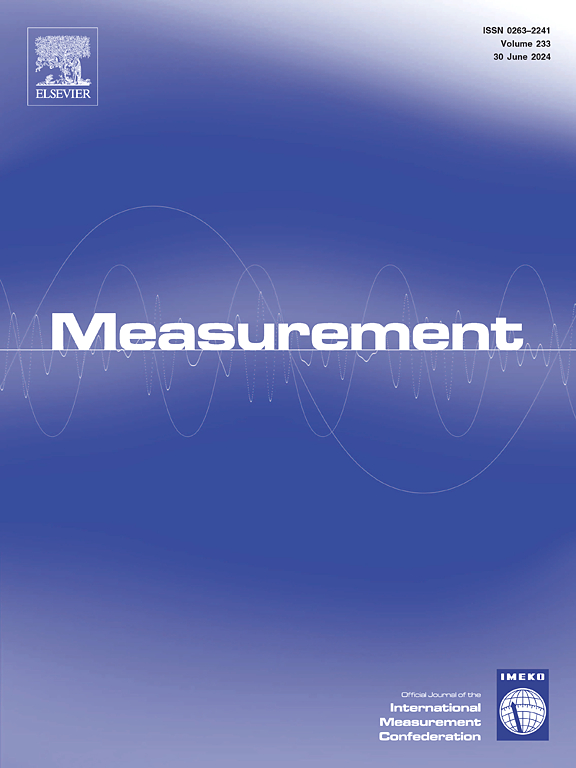Enhancing leather defect detection with cross-stage fused attention partial convolution network
IF 5.6
2区 工程技术
Q1 ENGINEERING, MULTIDISCIPLINARY
引用次数: 0
Abstract
Leather surface defects are in various colours, shapes, and sizes. Leather products enterprises usually require low-cost edge computing and embedded devices. These factors pose significant challenges to machine vision-based leather surface defect detection. Under limited computing resources, it is hoped that the learning ability of visual models is enhanced to maintain sufficient accuracy while being lightweight. To this end, the Cross Stage Fused Attention Partial Convolution Network (CSFAPCNet) is proposed which integrates multiple lightweight attention mechanisms to improve feature learning while combining cross-stage partial connections and partial convolutions to reduce computational complexity. Research was conducted on leather defect detection from three levels: leather anomaly detection, multi-type defect detection, and simultaneous detection of positioning and classification. Ablation experiments and generalization performance analysis were also performed. Systematic and in-depth experiments have shown that CSFAPCNet outperforms state-of-the-art methods in various evaluation metrics, and maintains sufficient accuracy while significantly reducing computational complexity.

跨阶段融合注意部分卷积网络增强皮革缺陷检测
皮革表面缺陷有各种颜色、形状和大小。皮革制品企业通常需要低成本的边缘计算和嵌入式设备。这些因素对基于机器视觉的皮革表面缺陷检测提出了重大挑战。在有限的计算资源下,希望增强视觉模型的学习能力,在保持足够精度的同时保持轻量级。为此,提出了跨阶段融合注意部分卷积网络(CSFAPCNet),该网络集成了多种轻量级注意机制来提高特征学习能力,同时结合跨阶段部分连接和部分卷积来降低计算复杂度。从皮革异常检测、多类型缺陷检测、定位分类同步检测三个层面对皮革缺陷检测进行了研究。并进行了烧蚀实验和泛化性能分析。系统和深入的实验表明,CSFAPCNet在各种评估指标上优于最先进的方法,并在显著降低计算复杂度的同时保持足够的准确性。
本文章由计算机程序翻译,如有差异,请以英文原文为准。
求助全文
约1分钟内获得全文
求助全文
来源期刊

Measurement
工程技术-工程:综合
CiteScore
10.20
自引率
12.50%
发文量
1589
审稿时长
12.1 months
期刊介绍:
Contributions are invited on novel achievements in all fields of measurement and instrumentation science and technology. Authors are encouraged to submit novel material, whose ultimate goal is an advancement in the state of the art of: measurement and metrology fundamentals, sensors, measurement instruments, measurement and estimation techniques, measurement data processing and fusion algorithms, evaluation procedures and methodologies for plants and industrial processes, performance analysis of systems, processes and algorithms, mathematical models for measurement-oriented purposes, distributed measurement systems in a connected world.
 求助内容:
求助内容: 应助结果提醒方式:
应助结果提醒方式:


